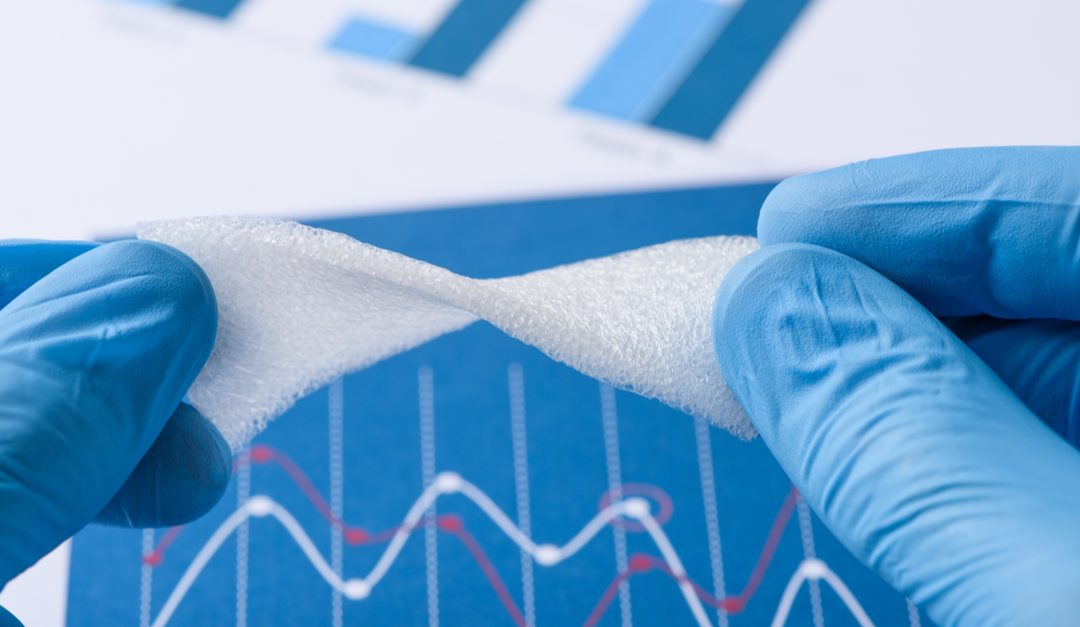There is no doubt that medical devices are vital tools that not only enhance quality of life, but also save lives. From invitro diagnostic devices (IVD) like HIV blood diagnostic tests and blood glucose self-testing to software as a medical device (SaMD) that have applications monitoring the performance of X-ray tubes, to Class I medical devices like handheld surgical instruments. Medical devices play an important role in aiding and improving health for patients around the world. With these benefits, however, there are potential risks of adverse events that must be addressed and mitigated to ensure patient safety. Biocompatibility testing is the process that looks at how the chemical makeup of a medical device, as well as the sterilization process and type of device contact, interacts with the patient’s tissues and physiological systems. This testing is a critical step in the safety assessment of any medical device. With the implementation of the EU MDR, as well as ISO 10993-1, medical device manufacturers must develop a new plan of action for testing biocompatibility through a series of tests to ensure the safety of patients during the risk management process, also known as a Biological Evaluation Plan (BEP). Doing so enables greater transparency between medical device manufacturers, regulators, patients, and other stakeholders, as well as allows for improved visibility in post-market surveillance.
While creating a BEP is critical for medical device market access under the EU MDR, it is not new; in 2018, when ISO 10993-1:2018 Biological evaluation of medical devices — Part 1: Evaluation and testing within a risk management process was released, it outlined a new standard for medical device manufacturers to follow in order to meet safety and quality standards. With the implementation of the EU MDR in May 2021, it is even more imperative for MedTech companies to create an actionable BEP to comply with the new regulatory standards. However, while ensuring that medical devices pass biocompatibility testing is essential, the evaluation comes at the end of the product development cycle, which means any failure could mean wasted revenue as well as added time before the product enters the local market. To mitigate these risks, it’s important for medical device manufacturers to create a risk evaluation of the chemical compounds utilized in the manufacturing process early in the medical device development cycle. For medical device and medical technology companies, working to streamline testing through medical device product grouping strategies with written evaluation for the number of biological endpoints can help minimize unnecessary testing, like animal research, as well as reduce costs and improve the product’s time to market.
With any new process, of course, brings the need for in-depth training for employees. Ensuring all employees are properly trained on their BEP, including having in-depth knowledge of the materials, manufacturing process, and past work, is crucial for market access and product success. For global medical device companies, this creates added pressure to ensure all eLearning materials and technical content is accurately translated to ensure employees not only understand their job responsibilities, but also accurately document the testing process in a way that is compliant with ISO 10993-1, referred to as a Biological Evaluation Report (BER), and for ones looking to enter the EU market, the new MDR as well. In addition, employees understanding the biocompatibility tests and standards also enables medical device companies greater transparency for addressing any potential adverse events in risk-based post market surveillance (PMS), a new requirement under the EU MDR.
While creating a BEP may seem like more work for medical device companies, in the long run it will save time and money. With the MDR requiring medical device companies to take greater responsibility for products through collecting, recording, and analyzing data on the performance of the medical device, as well as its safety and quality, it enables medical device companies to quickly update their risk management strategy for other products in production. For medical device companies expanding overseas, with clinical trial sites and manufacturing facilities found around the world, as well as products distributed across diverse markets, accurate translation of this data is crucial in meeting global regulatory requirements as well as ensuring patient safety and product efficacy. Partnering with an LSP not only ensures high-quality eLearning translations for employees, but also guarantees medical device manufacturers accurate technical translations across multiple languages on a consistent basis for large amounts of documentation that are liable to change regularly with updates based on new data.
